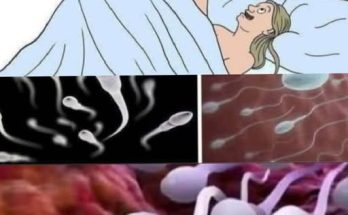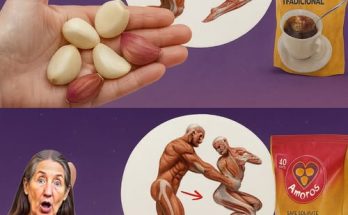Painful non-ingrown big toenails (hallux) do not need to be ingrown to be painful. A painful nail is termed onychalgia. Common reasons for acutely painful big toenails are the classic ingrown toenails (onychocryptosis). This is when the nail pierces the skin causing inflammation, sepsis and associated pain. Patients could have underlying health issues like diabetes, gout resulting in altered sensation termed peripheral neuropathy. There may be obvious signs of trauma or an underlying tumour to explain the pain. None of this explains why healthy individuals with non-ingrown toenails experience such excruciating pain (onychalgia).

Why do we get a painful non-ingrown big toenail?
No inflammation, skin trauma or obvious compression, but the pain is acute. The big toe is intermittently throbbing. Hard to identify any real causative factor other than the nail plate appears to be pressing into the skin. Pain is described as stinging, throbbing, highly sensitive to pressure and feels like there is a piece of nail penetrating through the toe when it is not! Patients will try and demonstrate where the pain is, but often cannot elicit, reproduce the pain on palpation. Allodynia is the term for a painful response to a normally innocuous stimulus. What is happening?
Pain is predominantly a protective sensation. The skin is a protective barrier acting as complex sensory organ. It is innervated with mechanoreceptors as part of somatosensory system. They have a role in tactile feedback detecting touch, pressure, vibration, and sound. They differentiate between benign and harmful stimuli. The four main mechanoreceptors are:
- Meissner’s corpuscles – Detect low frequency vibrations like a fly landing on the skin
- Pacinian corpuscles – Detect internal pressure like swelling from inflammation
- Merkel’s disks – Detect light touch stimuli to differentiate shapes, textures, surfaces
- Ruffini’s corpuscles – Detect cutaneous skin stretching from mechanical stress

These receptors are highly sensitive but considered low threshold. They are constantly active, but to normal levels whereby no major response is initiated until irregular stimuli are detected. The mechanoreceptors are widely distributed within the skin. It is a complex system. In the case of a non-ingrown nail, it is the Pacinian and Ruffini’s corpuscles which are responsible for registering the pain.
Pacinian corpuscles are abundantly found in the lateral folds of skin and nail pulp. Pressure of the nail causes an increase in internal pressure. There may be no inflammation, but cytokines are being activated as part of an inflammatory response. Preparing to step into action if the nail did ingrow.
Ruffini’s corpuscles are being stimulated by cutaneous skin stretching. It is the sustained pressure of the nail pressing in that is overstimulating the receptors. This can be intensified to register pain by mechanical stress from ill-fitting footwear or tight hosiery. Both the Pacinian and Ruffini’s corpuscles are working together as a cutaneous early warning system. They are alerting the individual that the non-ingrown toenail is not far off from becoming one. Action urgently needs to be taken. A visit to the podiatrist is recommended. Identify and remove the causative factor like tight fitting shoes or improve biomechanical functioning. A rigid big toe can result in onychalgia.



